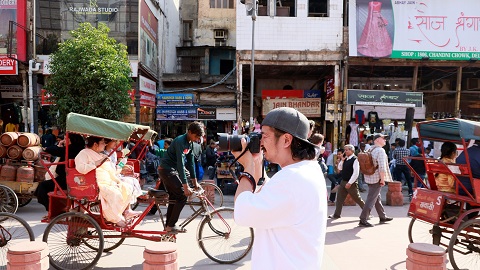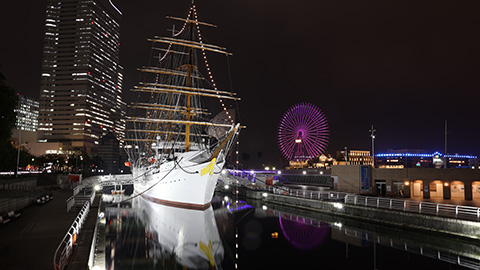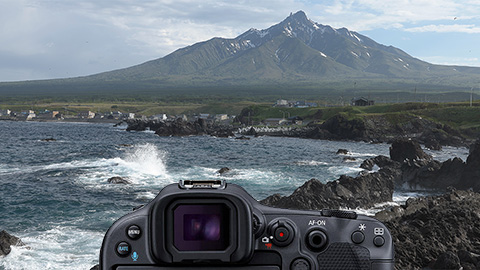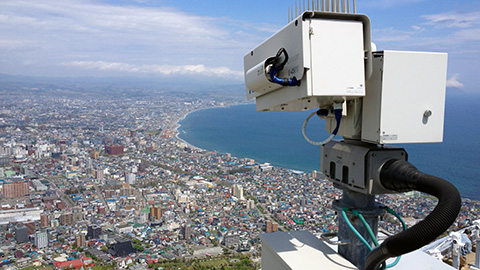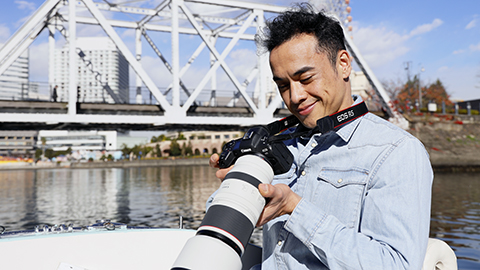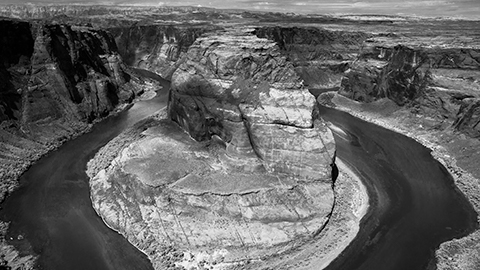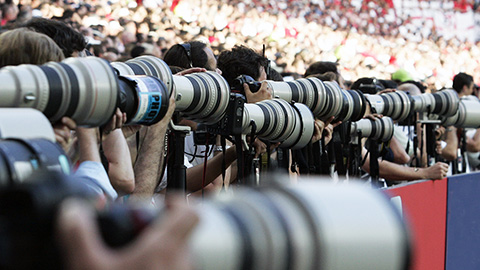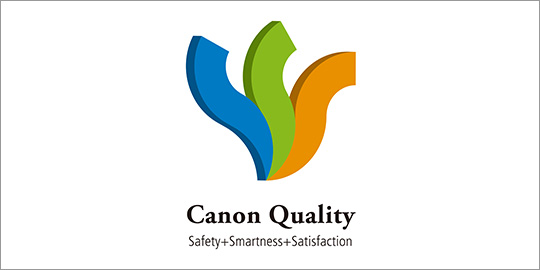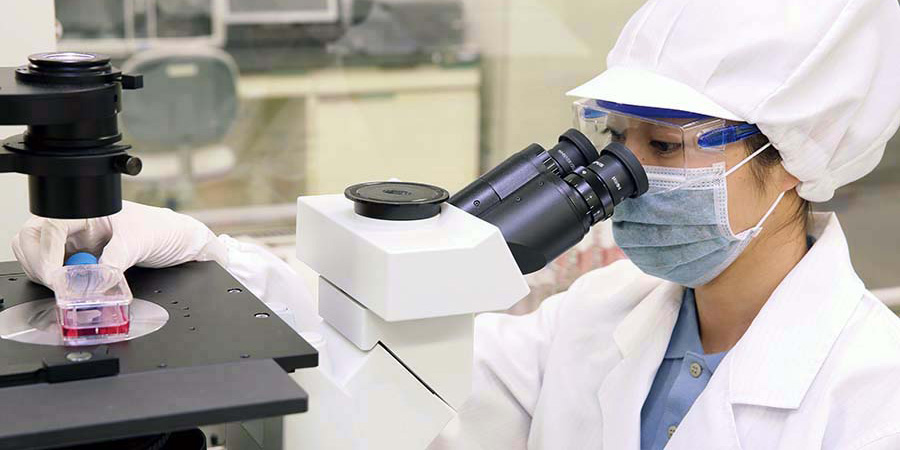Maintaining Trust in the Canon BrandVol. 6 The secrets behind weather cameras
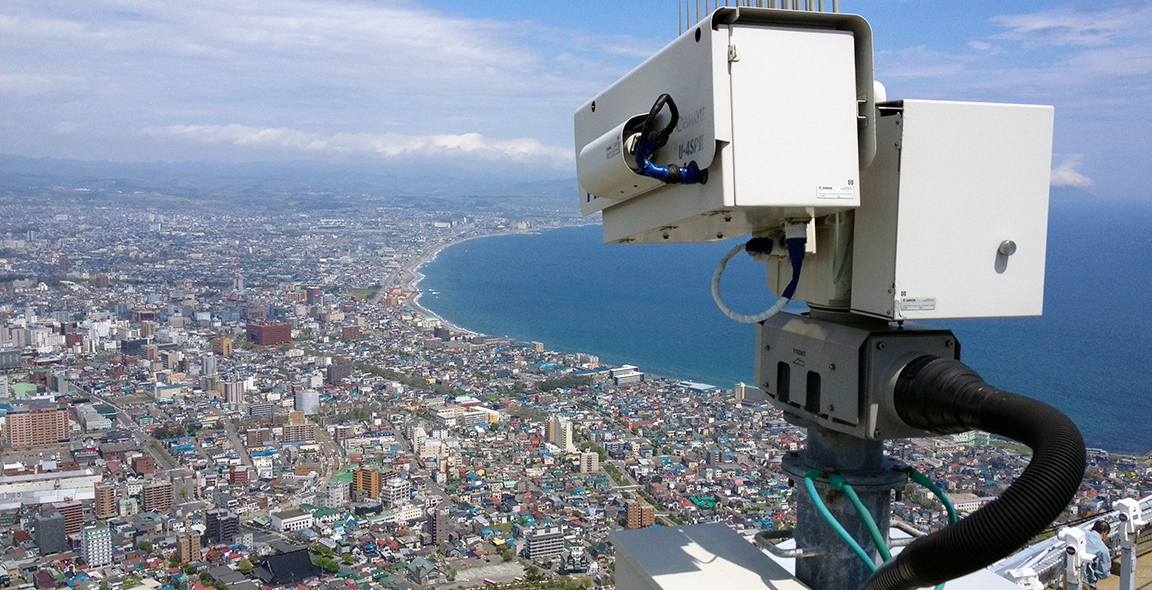
Few scenes are as common and unremarkable as the “weather-cam” looking out over the city on your local TV news.
You’ve likely thought about what to wear today as you watch the city and how the people are dressed as they go about their business.
The camera systems used to capture this video are commonly known as “weather cameras” or “weather-cams.” Be it bright and clear or dark and stormy, be there earthquakes or other disasters, these weather-cams ceaselessly capture and broadcast to news stations the skies of Japan in real time and with clear visuals.
But did you know that not only are the standards for weather-cam technology extremely demanding, but also that Canon is behind nearly all the systems that allow these cameras to function?
The volcanic eruption that lead to the birth of the weather-cam
To explain the birth of the weather-cam, let us travel back in time to 1986 and Mt. Mihara on the isle of Izu Ōshima. A local news bureau decided that they wanted to be able to continuously monitor this active volcano using video. Thus far, the bureau had been limited by the length of the camera’s cables. The bureau asked Canon if it were possible to use the company’s outdoor TV camera operation system. This was long before the advent of the internet, so remote control was no small feat. But the Canon team in charge of the project managed to figure out an operation system using telephone lines and work with the news bureau to install the system on the island. Even after the volcano erupted later that year, the camera system could still be operated despite everyone having evacuated. The volcano could still be safely monitored from a distance, and proved to be a great success. Following this successful example, the camera system was formally commercialized and began to be sold to news bureaus around the country.
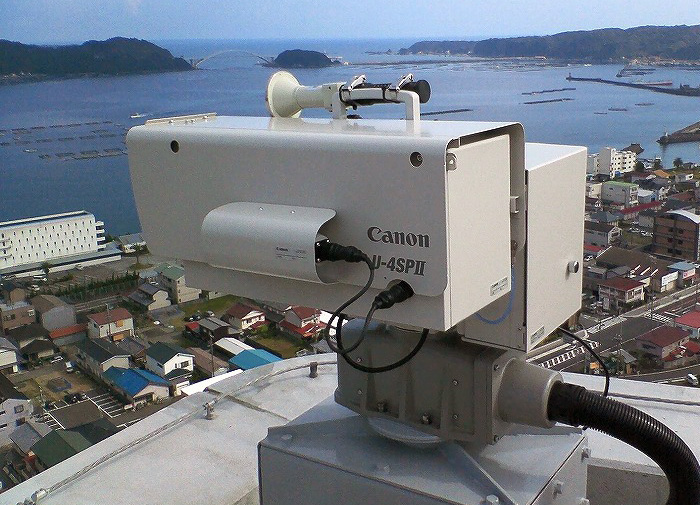
Build it tough -- don’t try to weather-seal it
These weather-cams are installed in all kinds of locations throughout Japan—from airports and waterfronts to mountaintops and even the famed Shibuya crossing. Twenty-four hours a day, 365 days a year, these cameras endure typhoons, earthquakes, blazing summer heat, snow and the high heat and humidity of the rainy season. Not only must they handle such conditions, they must continue to deliver high image quality that will satisfy the experts at broadcast stations.

If you just need to protect the camera, why not just build it tough and weather-seal it? The problem is that when temperatures decrease, air inside the camera housing compresses and sucks in moisture. But on the other hand, if the housing is not weather-sealed, humidity is able to creep in. This begs the question, “What should be prioritized, and by how much?” which could be answered with technical know-how acquired only through repeated trial-and-error.
Why 60 m/s wind gusts are less dangerous than 20 m/s sustained winds
Weather-cams are tested under extremely harsh environmental conditions including 60 m/s wind gusts, severe earthquakes and even sudden squalls that blow rain upwards from underneath the camera. Nonetheless, things aren’t so predictable in the real world. Some weather-cams are installed on towers as high as 40 m. At these heights, the cameras endure significant shaking from what would be considered mild earthquakes at ground level. And while sudden 60 m/s wind gusts may be powerful, the 20 m/s winds, which continue to blow at various intensities, may cause wear-and-tear to unexpected parts of the system, such as metal components. Canon works to identify such unexpected trouble through regular inspections and maintenance. Service technicians note even the smallest signs of damage and provide detailed feedback such as “faster than expected degradation” for engineers and developers. Back at the labs, development staff work to further increase the product quality by determining the cause of such trouble, and testing the improved design through experimentation. By continuously repeating this cycle, Canon has built its worldwide reputation for the unparalleled quality of its weather-cams.
A mission to move the camera like a clock’s minute hand
The human eye is remarkably sensitive. For example, when the TV camera moves vertically or horizontally, when it zooms in or out, the viewers will notice immediately even subtle lagging or camera shakes, if any. Image quality is a particularly serious concern for broadcast networks, the end users of Canon’s weather-cams, who rely on these systems—it is Canon’s mission to provide weather-cams that able to perform the smooth camera work that these broadcast networks require.
Just like for studio broadcasting, weather-cams must be able to move smoothly and naturally despite weighing 20 to 30 kg. This is an incredibly difficult technology to achieve. When trying to move heavy objects, they do not simply start to move smoothly when force is applied—rather, when applied force exceed the threshold of “static friction” (the amount of force required to move a resting object), the motion is more like a sudden jolt. Skilled professional cameramen at broadcast stations are said to have operating skills as precise as the "movement of a clock’s minute hand," which rotates 360 degrees in 1 hour*. To ensure that such ultra-low speed movements occur smoothly right from the initial movement, Canon has improved upon its weather cameras by leveraging its know-how of TV camera platform technology, accumulated over the company’s long history. Specifically, great care was taken to adjust the gear mesh, which changes subtly with temperature fluctuations, as well as the accuracy of the tooth surface of each gear.
Weather-cams capture real time visuals of heavy rain, fierce winds, earthquakes and more to contribute to suppressing people's inadequate actions and to their evacuations and other emergencies. From all kinds of locations, they work 24/7 to help us keep an eye on the weather.
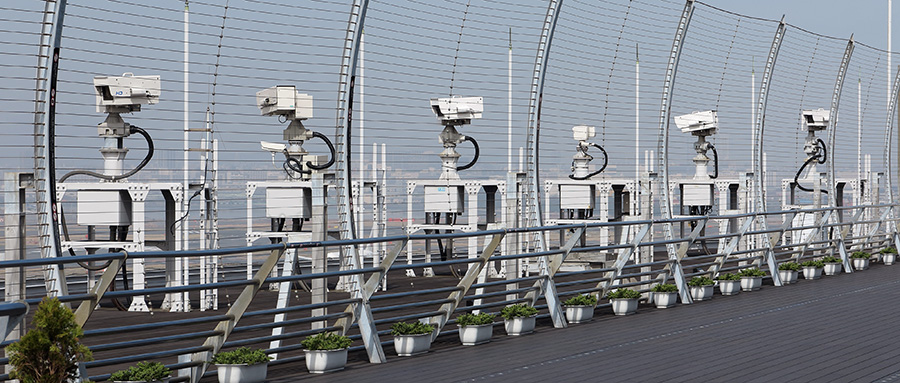
- *Not a guaranteed specification

